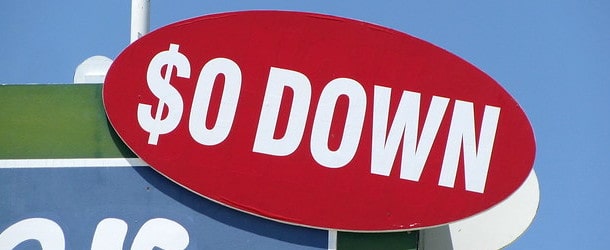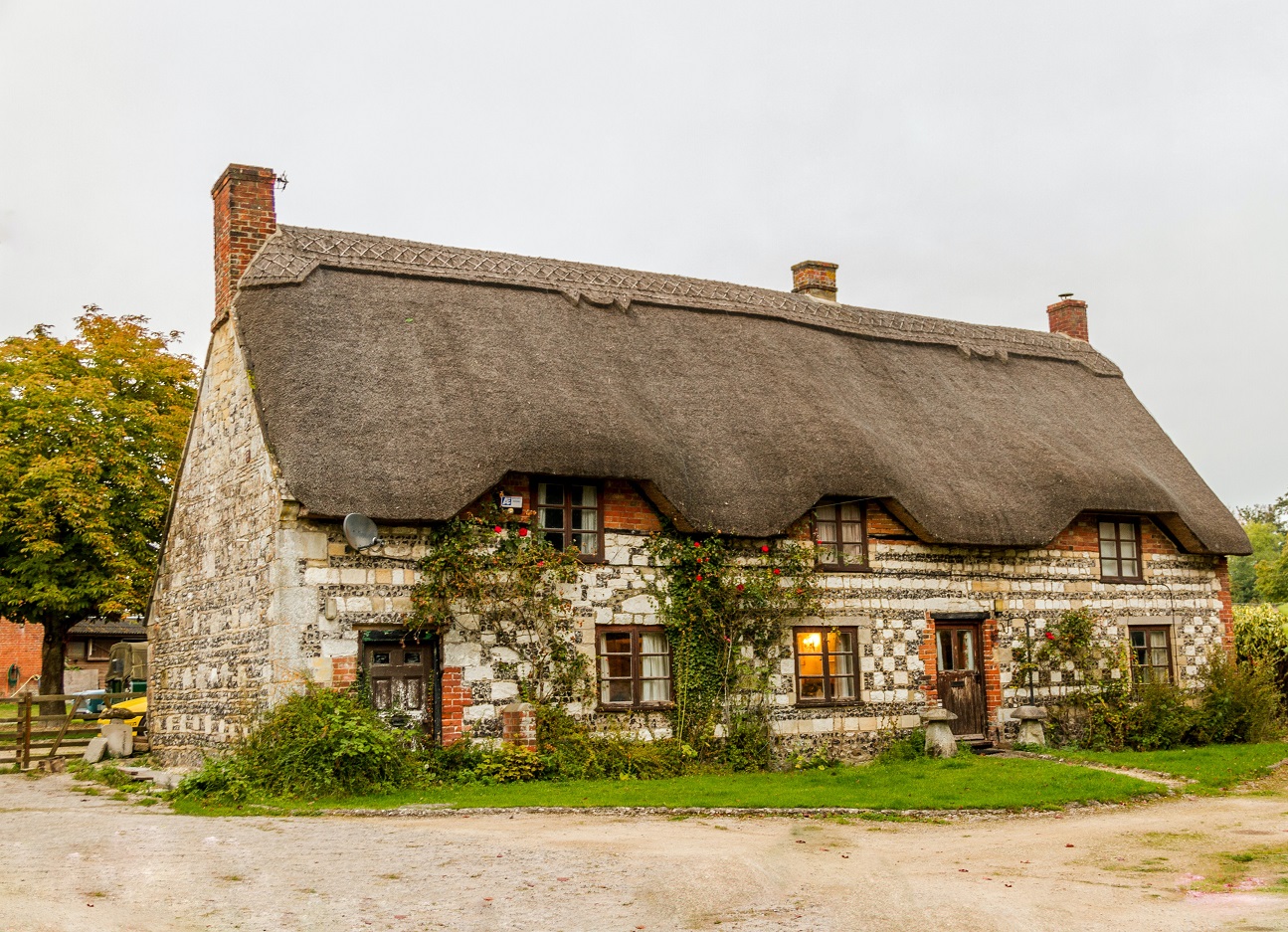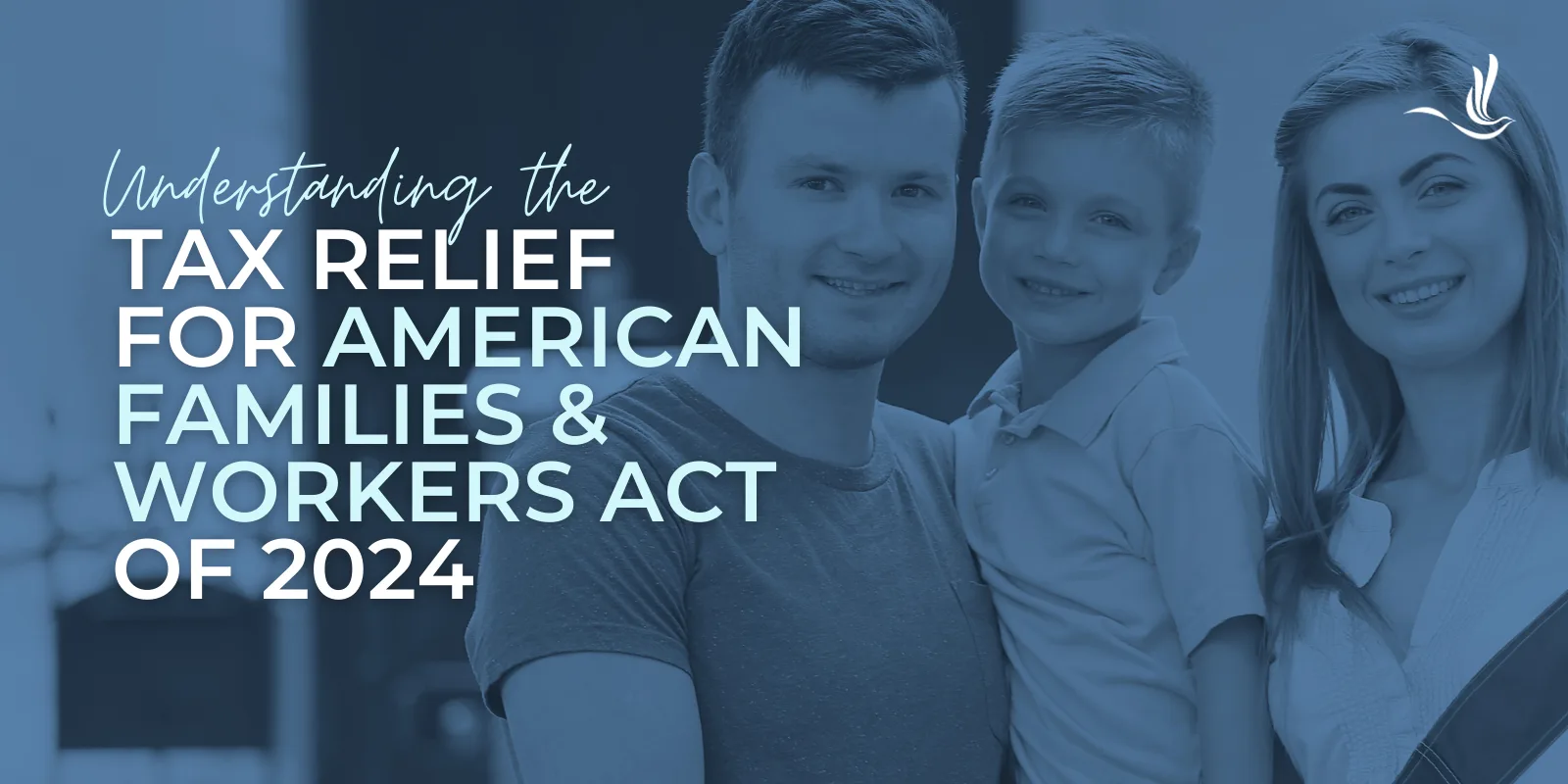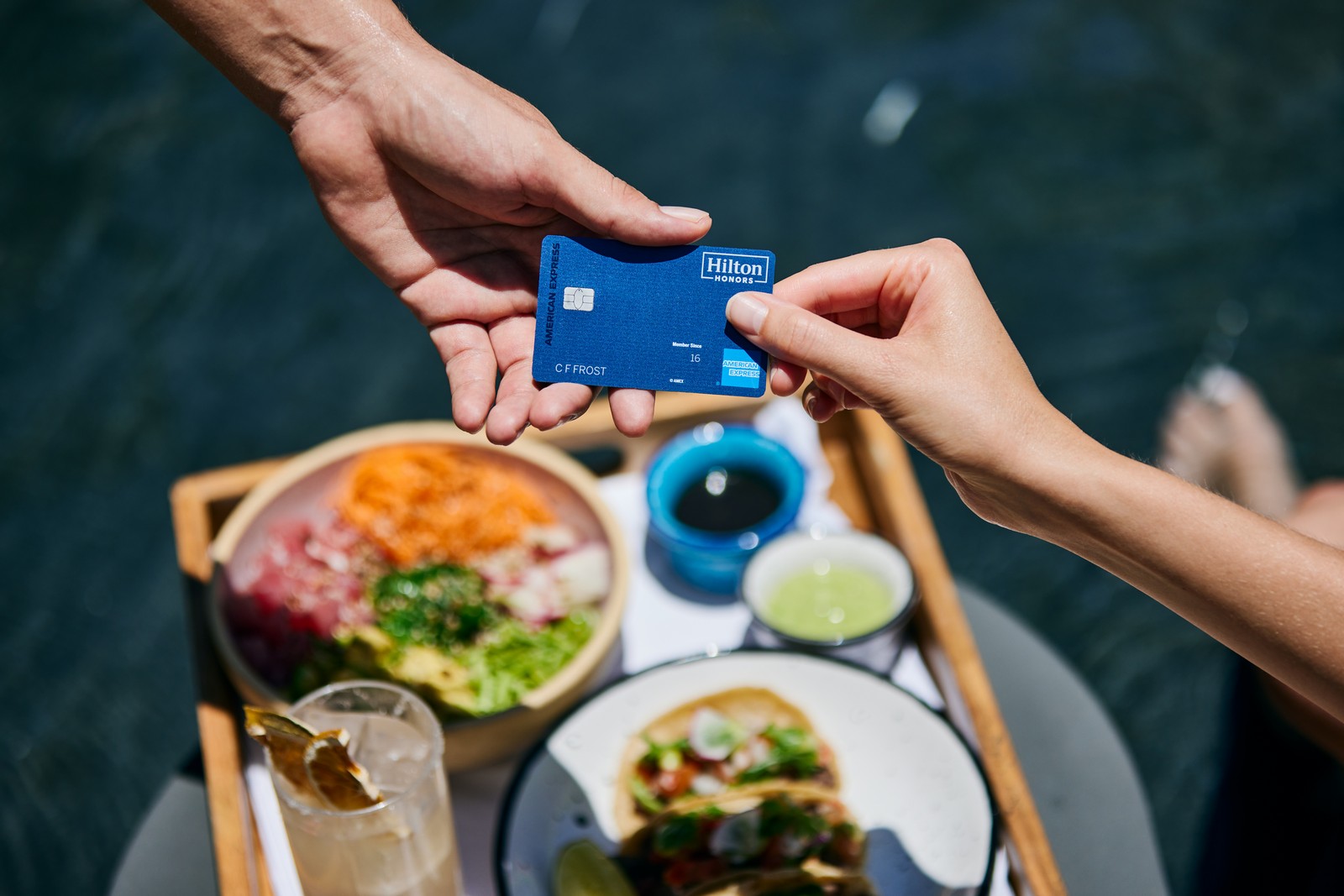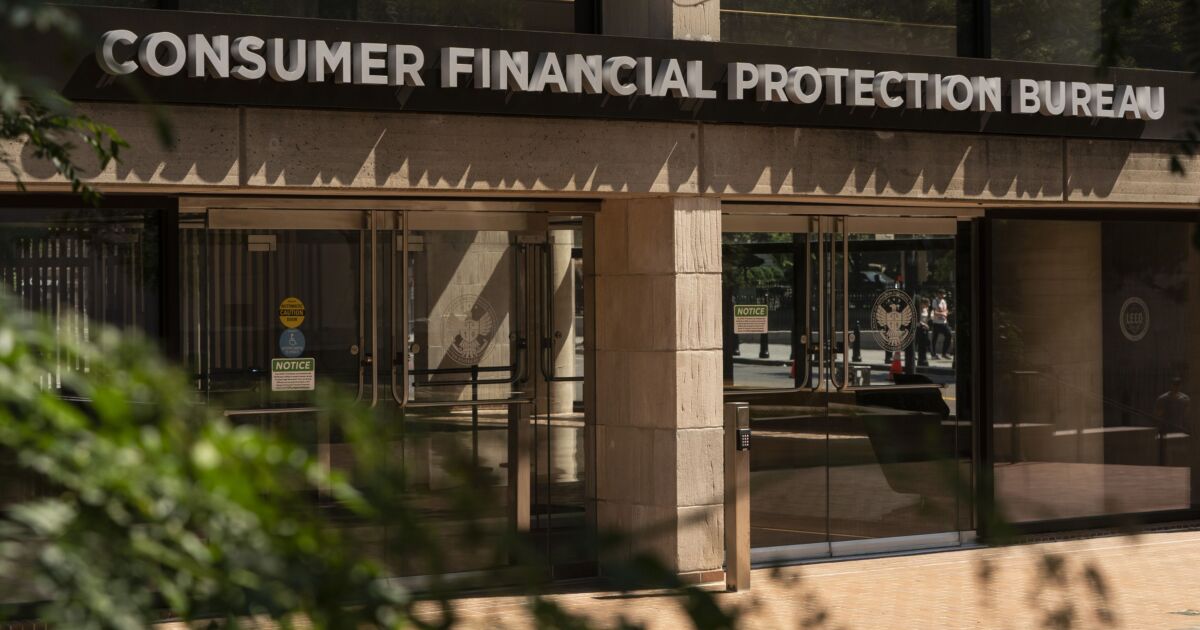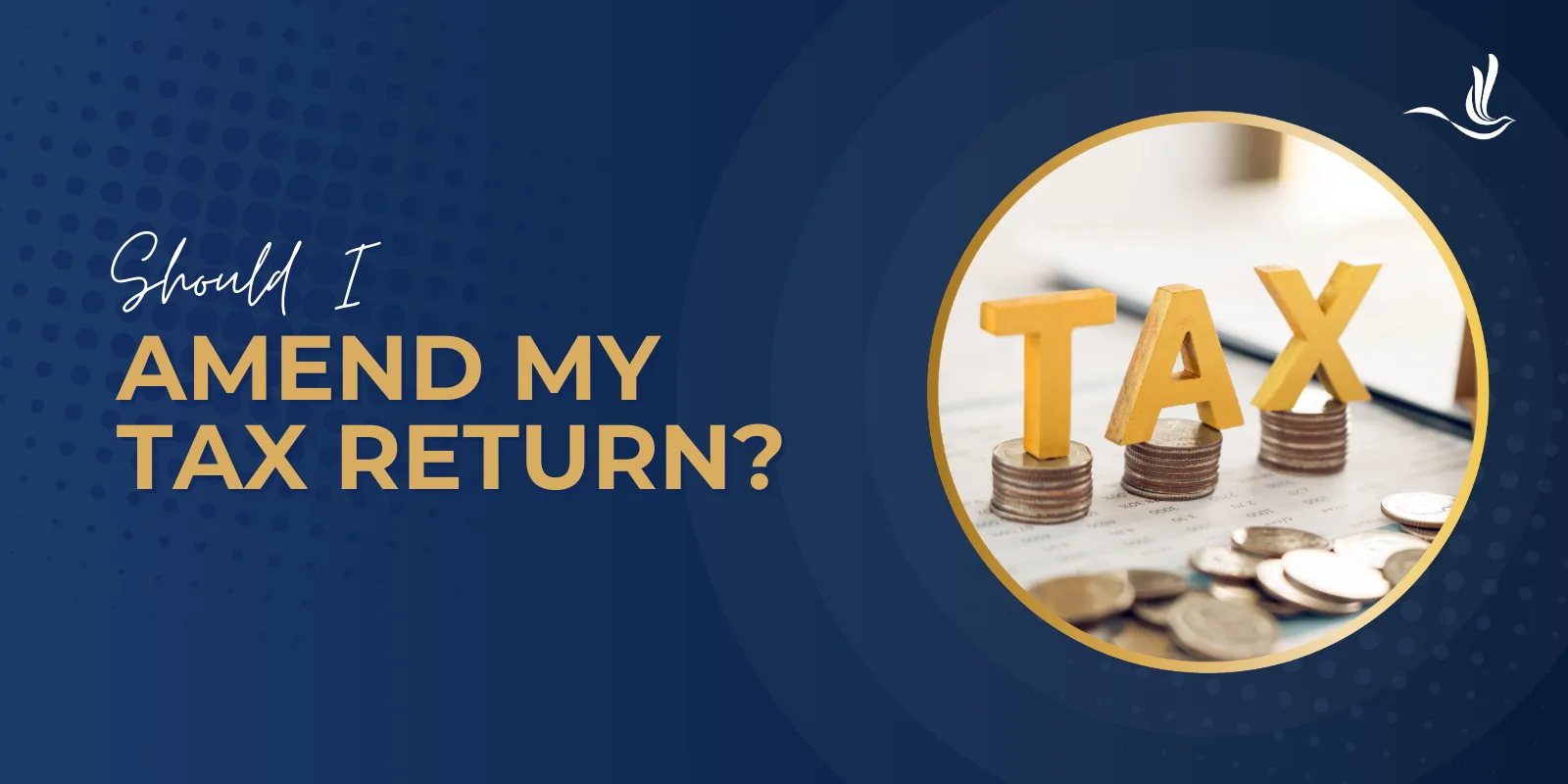You may have heard that the nation’s largest mortgage lender just rolled out a zero down mortgage.
If you were around for the housing market crash in the early 2000s, it could feel like déjà vu. And not in a particularly good way.
After all, it was toxic home loans that sunk the market then, sending home prices crashing and short sales and foreclosures surging.
Does this mean we’re going down a familiar path, which will likely see a familiar outcome?
Or is it a big to do about nothing?
UWM’s New 0% Down Purchase Program
United Wholesale Mortgage (UWM), which works exclusively with mortgage brokers, recently unveiled a new loan program called “0% Down Purchase.”
As the name implies, it allows a home buyer to purchase a property with nothing out of pocket, at least with respect to down payment.
Upon first glance, this looks and sounds like a bad idea, especially with how high home prices are at the moment. Not to mention mortgage rates either…
But before we get into the judgment of the program, let’s talk about how it works.
It’s essentially a 97% LTV loan, widely available from both Fannie Mae and Freddie Mac, featuring a 3% silent second mortgage provided by UWM.
The silent aspect of the second mortgage means it doesn’t carry any monthly payments, or interest for that matter.
Instead, this lien just quietly sits behind the first loan and only comes due if the borrower sells the property, or refinances the first mortgage.
If borrowers choose to, they can make payments on the second mortgage, though there’s no obligation to do so.
Most will likely just ignore its presence and when the time comes, pay it off via a sale or refinance.
And when this occurs, it will simply result in slightly lower sales proceeds, or a bump in their loan amount when refinancing (but factor in how much they pay down the first loan between that time).
Who Qualifies for This Program?
There are two ways to qualify for this new program, one income-based and the other reserved for first-time home buyers.
Those with income at or below 80% of the Area Median Income (AMI) for the address of the property their purchasing can qualify if they meet Freddie Mac’s Home Possible® guidelines.
They simply need a 620+ FICO score and the loan-to-value ratio (LTV) must be between 95% and 97%.
So-called “very-low income borrowers” with qualifying income at or below 50% AMI will receive a $2,500 credit as part of the 3% down payment assistance.
This credit does not need to be repaid and is deducted from the balance of the second mortgage.
The other way to qualify, assuming your income is too high, is by being a first-time home buyer and meeting both Freddie Mac’s HomeOne® and UWM’s guidelines.
As a quick reminder, a first-time buyer is someone who has not had ownership interest in a home in the three years prior to application.
In addition, they must have a 700+ FICO score and the LTV must be greater than 95%, up to a maximum of 97%.
The Maximum Purchase Price is $500,000
Because the 3% credit is limited to $15,000, the max purchase price is $500,000.
This would result in a loan amount of $485,000 at 97% LTV with the silent second set at $15,000.
As noted, there are no monthly payments on the first mortgage, with the second accruing no interest either.
It comes with a 360-month loan term, aka 30 years, and features a balloon payment upon sale or refinance.
Simply put, a home buyer with limited down payment funds may now be able to purchase a property they wouldn’t have qualified for before.
The million-dollar question is does this significantly increase risk, or just boost home purchase loan volume for UWM?
How Much Riskier Are Zero-Down Loans?
| $500k purchase price | 0% Down Payment in 2024 |
0% Down Payment in 2006 |
| Down payment | $0 | $0 |
| Loan amount | $485,000 | $500,000 |
| Mortgage rate | 6.75% | 6.5% |
| Monthly P&I payment | $3,145.70 | $3,160.34 |
| Loan type | 30-year fixed | 6-month ARM |
| U/W | Full documentation | Stated income |
| Prepayment penalty | n/a | 3-year hard pp |
Now I don’t want to be flippant and say down payments don’t matter. But if the baseline is 3% down, is 0% much different?
Sure, there is some skin in the game at 3%, or 3.5% in the case of an FHA loan, but it’s still pretty minimal.
It’s hard to say what difference it would make in terms of borrower behavior. Perhaps the down payment provides some risk mitigation.
Maybe it deters a high-risk borrower from making the decision to buy a home versus rent.
But ultimately you have to look at layered risk. Back in the early 2000s, zero down mortgages were pervasive.
However, they were offered alongside stated income underwriting and/or no doc underwriting.
In addition, you could buy an investment property with nothing down, again with limited documentation regarding your income, assets, or employment.
On top of that, borrowers often took out adjustable-rate mortgages, or worse, option ARMs that allowed for negative amortization. And they featured prepayment penalties to boot!
Today, these loans need to fully underwritten, even if they don’t require a down payment. And my guess is most if not all will be 30-year fixed-rate mortgages.
That makes me feel a little better about them, even if they lack a financial commitment from the borrower.
And when you look at it in the context of 3% down loans being readily available from any lender that offers Fannie Mae or Freddie Mac loans, it doesn’t feel a whole lot different.
If we were comparing it to the traditional 20% down payment required for a home purchase, that’d be an entirely different story.
Then you’d feel that this program was pretty novel and potentially dangerous.
Oh, and the volume of these types of loans is likely going to pale in comparison to the no money down loans originated in the early 2000s. And if you recall, back then countless borrowers took out cash out refinance loans at 100% LTV as well!
Publisher: Source link

